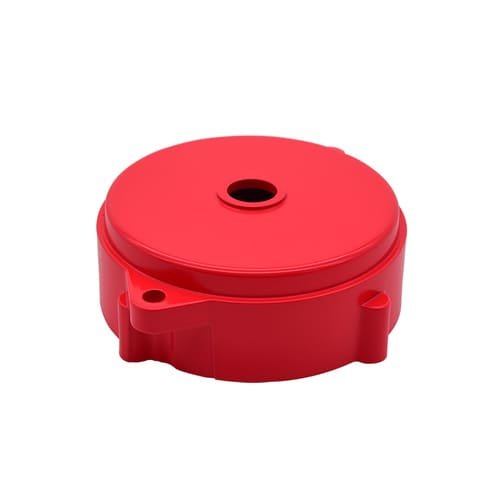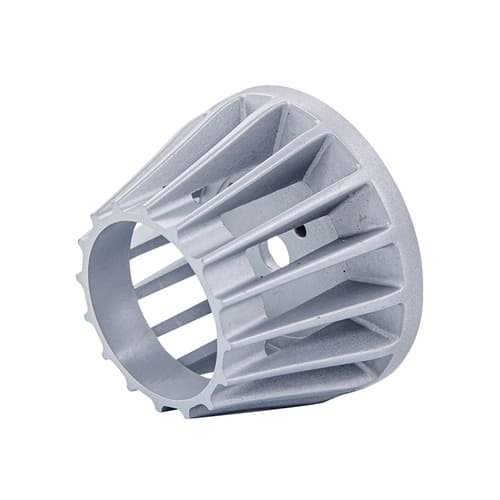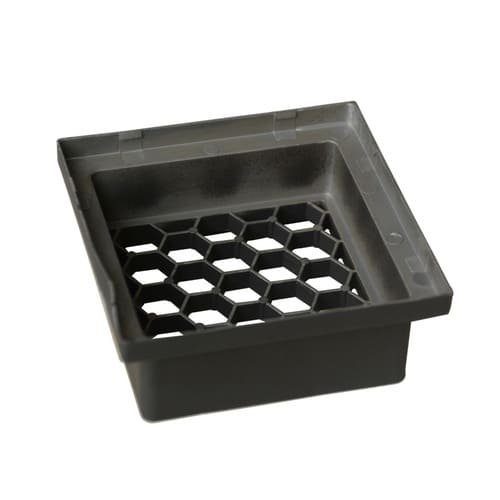Aluminium can be used for several purposes. One of these is that you can use it to make heat sinks.
Although you can use other metals such as copper to make heat sinks. However, aluminium is the most preferred. Most heat sinks are made with aluminium. So, you may be wondering why the preference for aluminium.
Particularly, you want to know the advantages and disadvantages of heat sinks made with aluminium. Right?
That is exactly what i will show you. Before then, let’s consider what a heat sink is. Follow closely.
What is a heat sink?
A heat sink is a heat exchanger that regulates the temperature of mechanical or electronic equipment. It moves the heat from the heat-generating part to a coolant. Essentially, it dissipates the heat from the equipment. It has large surface area to maximize contact with the fluid medium.

It has a thermal conductor that wards off heat from a heated surface to a cooling area. The cooling part can be air, liquid coolant or any other kind of fluid. It always has a base connected to narrow pins.
Heat sinks are mainly used in mechanical and electronic equipment such as computers, LEDs, power transistors, lighting devices, etc.
Use of a heat sink
Mechanical and electronic equipment generate heat when there is any electrical resistance. This heat can damage their components, especially the delicate components such as the central processing unit.
This is where a heat sink is useful. The typical function of a heat sink is to prevent overheating of equipment. It does this by regulating the equipment’s temperature.
It also provides heat to equipment when the temperature gets too low. Heat sink ultimately prevents parts failure of the equipment.
Methods of manufacturing heat sinks
here are different methods of making heat sinks. These include:
• Skiving: This involves cutting metal into slices. It is a common manufacturing method for producing plate fins for heat sinks. With this method, you can create thinner and closely packed fins.
The heat sinks have some level of surface roughness, thereby increasing the total surface area.
• Casting: This involves pouring molten metal into a mold. Thereafter, you allow the molten metal to solidify before removing it from the mold. Pressure die-cast heat sinks have a high level of complexity. They also have good mechanical properties.

• Extrusion: It is a swift, efficient and cost-effective method of making heat sinks. It involves forcing hot metal billets, using a steel die. This is the commonest method of making aluminium heat sinks. Extruded aluminium heat sinks are usually anodized before use.
• Cold forging: This method is used to manufacture material at a temperature lower than the material’s recrystallization temperature.
Given that aluminium has minimal resistance to deformation and high plasticity, this method is suitable for producing aluminium heat sinks.
Cold forging is used to manufacture highly precise heat sinks. You can use it to produce round pin and elliptical pin heat sinks. Also, forged heat sinks have excellent microstructure integrity.

Stamping: This involves punching an aluminium mold that moves under a pneumatic press with some dedicated tools. This method is suitable for large-scale productions. It also produces parts with relatively small dimensions.
Advantages of heat sink made with aluminium
• Aluminium heat sinks are lightweight: Rather than having a heavy heat sink in your equipment, a lightweight aluminium heat sink does it better.
The weight of aluminium is determined by its volume in solid form and the atomic mass of the atoms. Aluminium has a lower atomic weight.

It has a density of 2.7g/cm³. Also, it has a density of 2,699 kg/m³ in solid form. In liquid form, it has a density of 2337kg/m³.
Aluminium has a face-centred-cubic structure. With this, the density is related to the cube of inter-atomic separation.
This results in lower density of aluminium. Aluminium is about 3 times lighter than steel. However, even though it is lightweight, it is strong and durable.
A heavy heat sink will pull at the motherboard and can cause structural issues. That’s pretty much why an aluminium heat sink is the go-to.

• Aluminium heat sinks have excellent thermal conductivity of heat from electronic chips: These sinks can dissipate more heat from the heat source and function effectively.
Every aluminium has three electrons in the valence shell. These three valence electrons are loosely bent to the nucleus and move randomly.
These electrons are available as charge carriers and this helps in the conduction of electricity.
Once a source of electricity is applied to the electrons, they move in one direction. This causes generation of electrical current and conduction of electricity.

Aluminium has a thermal conduction conductivity of 205 W: (m.k)-1. Aluminium alloys 6060, 6061 and 6063 conduct electricity effectively. They have a thermal conductivity value between 166 and 201 W/(m.k).
Note that copper has a higher conductivity than aluminium on a volume basis. However, on weight basis, the reverse is the case. Also, even though metals like copper have higher conductivity than aluminium, aluminium has overall superior advantages.

• Aluminium is easy to fabricate: Because it is soft and lightweight, aluminium is easy to fabricate. This makes it easy to manufacture heat sinks of any shape and design.
Aluminium heat sinks can be fabricated into different tubes, shapes, sheets, rods, etc.
• Aluminium heat sinks are cost-effective:
Other metals like gold, silver, copper, etc are quite expensive than aluminium. Aluminium costs just one-third of the cost of copper.
It is so cost-effective that you can use it to manufacture heat sinks for both small and large equipment.

• Aluminium heat sinks are corrosion-resistant: Aluminium reacts with oxygen in the air to form a protective microscopic thin layer of aluminium oxide. This prevents corrosion between the aluminium surface when the heat sink gets hot.
• Aluminium heat sinks can be black anodized: This further makes them resistant to corrosion. Anodized aluminium heat sinks are more corrosion-resistant than regular aluminium oxide. Anodized aluminium also has a better adhesion too.
• Heat sinks made with aluminium can have intricate and complicated shapes: They can be bent, cast or extruded into intricate shapes.

• Aluminium heat sinks have good ductility and good reflectivity to visible light and heat.
• You can use aluminium to make heat sinks for virtually all kinds of projects.
Overall, heat sinks made with aluminium stand out. They have excellent mechanical properties and a high level of complexity. The commonest heat sink alloys used to produce heat sinks include alloys 6060, 6061, 6063, etc.
Disadvantages of heat sink made with aluminium
• Aluminium heat sinks have lower electricity conduction than some other metals: For example, copper has 40% electrical conductivity than aluminium
Aluminium is not suitable for high-power equipment where heat conductivity is more important than weight-saving. To dissipate heat faster than 95W, copper heat sink is preferred to aluminium heat sink.
For example, gaming computers generate lots of heat. Aluminium heat sink’s thermal conduction isn’t as efficient as copper heat sink’s would be.

Also, in high-performance computers, the CPU generates lots of heat. To pull the heat away so swiftly that the thermal equilibrium will be below the CPU’s max temperature, the heat sink must have enough conductivity. Using an aluminium heat sink may cause the CPU to slow down. So, aluminium heat sinks are not suitable for high-performance computers.
• Aluminium can form an electronically resistant oxide surface in electrical connections. This may cause the connection to overheat, and thereby reduce the heat sink’s efficiency.
• Aluminium is not suitable for extrusion of complex cross-section copper radiators.
Conclusion
Aluminium heat sinks have come to stay. Even though they have some disadvantages, you will agree with us that they have overwhelming advantages. If you are looking at making heat sinks, using aluminium is a good choice.








